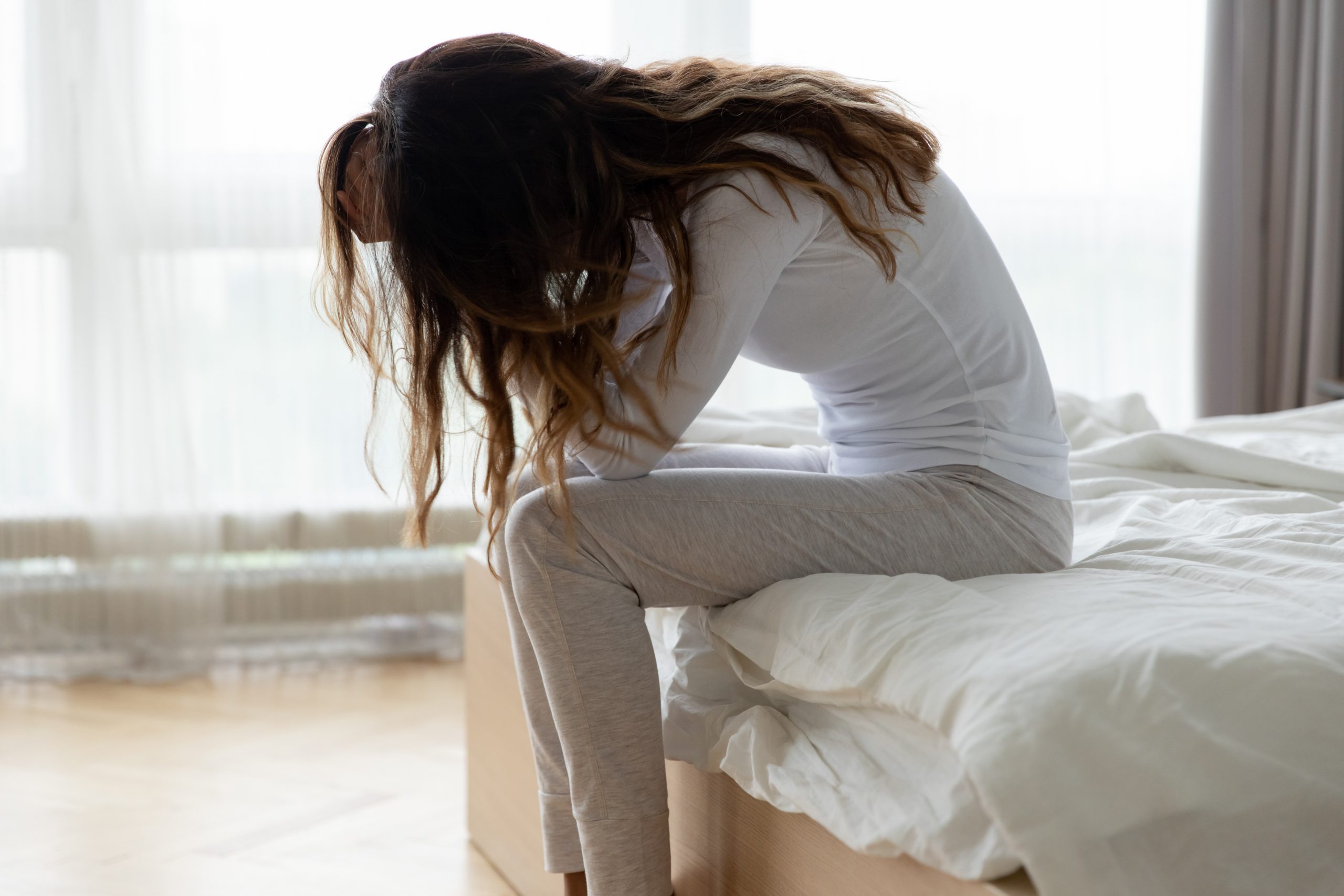

Although sleep is as important to health as nutrition and exercise, many of us shortchange this critical physiological need. Most adults tend to get 30-60 minutes less of the sleep needed to be well-rested. This deficit is further complicated by circadian rhythm disruption due to shift work, pandemic-related life changes, and even the semiannual clock shift required by daylight savings. Even more concerning is the inability to get adequate rest due to chronic sleep disorders.
Dozens of sleep disorders have been identified, almost all of which can be improved with treatment. Many sleep issues, such as short-term insomnia, can be resolved on their own or with a bit of attention to sleep hygiene. Severe or persistent symptoms, including daytime sleepiness, snoring, and movements during sleep should be discussed with a primary care provider. Certain sleep disorders are best evaluated and treated by a sleep medicine specialist who often requires a sleep study for diagnosis. Although many people are reluctant to seek medical attention in fear of being exposed to COVID-19 in offices, inconvenient sleep laboratory tests, or uncomfortable treatments, testing and treatment alternatives are available. It should be noted that the risk of seeking care is minimal compared to the health risks of untreated sleep disorders.
What is a Sleep Disorder?
Sleep disorders are conditions that involve changes in sleep patterns, such as sleep quality, duration of sleep, and timing. These changes affect the overall quality of life. Examples of sleep disorders include obstructive sleep apnea (OSA) and narcolepsy.
What is Obstructive Sleep Apnea (OSA)?
The most common sleep disorder that requires medical attention is obstructive sleep apnea (OSA). The most common symptoms of OSA include snoring, gasping or choking while asleep, and excessive daytime sleepiness. In other cases, the first signs of OSA may include insomnia, restless sleep, sexual problems, sleep-related headaches, or clenching/grinding of the teeth. OSA can develop at any time, but often frequents those who are older. It currently affects more than 20% of adults. The main risk factor in adults is obesity while the most common cause in children is large tonsils. Genetics also play a large role. Diagnosis typically requires a sleep study where the breathing is monitored. However, home sleep apnea tests are often performed instead. This test is more convenient and less expensive than an overnight test in the sleep laboratory. Untreated OSA increases the risk of drowsy driving accidents, hypertension, diabetes, heart problems, such as atrial fibrillation, stroke, and dementia.
What is Narcolepsy?
Narcolepsy is a sleep disorder that causes excessive sleepiness and fragmented nighttime sleep. Excessive dreaming that may spill over before/after a sleep period with dream-like hallucinations, sleep paralysis, or cataplexy (transient loss of muscle tone triggered by laughter or other strong emotion) are also signs of narcolepsy. This disorder can be severe. It usually begins during the teenage years and can be lifelong. Although much less common than OSA, proper diagnosis in the sleep laboratory is vital as there are effective and rapidly evolving treatments available.
How are Obstructive Sleep Apnea (OSA) and Narcolepsy Treated?
Treatment with the nightly use of a continuous positive airway pressure (CPAP) machine and a mask has proven to be highly effective. Alternatives may include an oral appliance fitted by a dentist, upper airway surgery, or Inspire, a device that implants a nerve stimulator under the tongue to keep the airway open. When obesity is the cause, long-term weight management should always be emphasized and may be curative.
Getting Back to Normal
If you’re living with a sleep disorder, keep calm. Sleep disorders are common and can be treated with a specialist’s care and a few lifestyle changes. For those who are struggling with weight management, consider starting a well-balanced, nutritious diet accompanied by daily physical exercises. Remember to take note of any abnormal sleep patterns. Contact your primary care physician or a sleep specialist who can assess you and help optimize your sleep health.
more recommended stories
 Safer Allogeneic Stem Cell Transplants with Treg Therapy
Safer Allogeneic Stem Cell Transplants with Treg TherapyA new preclinical study from the.
 Autoimmune Disorders: ADA2 as a Therapeutic Target
Autoimmune Disorders: ADA2 as a Therapeutic TargetAdenosine deaminase 2 (ADA2) has emerged.
 Kaempferol: A Breakthrough in Allergy Management
Kaempferol: A Breakthrough in Allergy ManagementKaempferol, a dietary flavonoid found in.
 Early Milk Cereal Drinks May Spur Infant Weight Gain
Early Milk Cereal Drinks May Spur Infant Weight GainNew research published in Acta Paediatrica.
 TaVNS: A Breakthrough for Chronic Insomnia Treatment
TaVNS: A Breakthrough for Chronic Insomnia TreatmentA recent study conducted by the.
 First-of-Its-Kind Gene-Edited Pig Kidney: Towana’s New Life
First-of-Its-Kind Gene-Edited Pig Kidney: Towana’s New LifeSurgeons at NYU Langone Health have.
 Just-in-Time Training Improves Success & Patient Safety
Just-in-Time Training Improves Success & Patient SafetyA study published in The BMJ.
 ChatGPT Excels in Medical Summaries, Lacks Field-Specific Relevance
ChatGPT Excels in Medical Summaries, Lacks Field-Specific RelevanceIn a recent study published in.
 Study finds automated decision minimizes high-risk medicine combinations in ICU patients
Study finds automated decision minimizes high-risk medicine combinations in ICU patientsA multicenter study coordinated by Amsterdam.
 Study Discovers Connection Between Omicron Infection and Brain Structure Changes in Men
Study Discovers Connection Between Omicron Infection and Brain Structure Changes in MenA recent study in the JAMA.

Leave a Comment